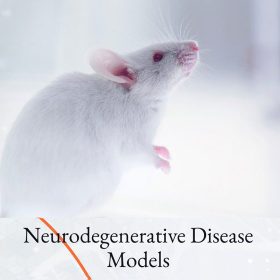Alzheimer’s Disease (AD) Models
Alzheimer’s Disease (AD) Models
Add to cart
Alzheimer’s disease is the most prevalent type of dementia. It is a progressive neurodegenerative disease that begins with memory loss. As the disease advances, symptoms can include problems with language, a decline in social and vocational functioning, executive dysfunction, personality changes, and behavioral issues.
There is no definitive explanation for the pathogenesis of Alzheimer’s disease, and the mainstream ideas include the amyloid beta (Aβ) hypothesis and the tau hypothesis. Only six AD drugs have been approved to date, and these drugs can only delay disease progression or alleviate symptoms.
A suitable animal model is a crucial research tool for Alzheimer’s disease therapeutic development. GemPharmatech has developed two AD models that can be utilized for the screening and safety evaluation of Alzheimer’s disease drugs.
|
Strain No.
|
Strain Name | Strain Type | Description |
|---|---|---|---|
| T056008 | B6-hTREM2 | Cas9-KI | GemPharmatech has developed humanized mouse models targeting the TREM2 signaling pathway on B6 backgrounds, which can be used for efficacy evaluation of monoclonal antibodies or small molecule drugs and to explore immunotherapy against myeloid-mediated diseases by investigating the function and regulatory mechanisms of the central hub of TREM2 signaling. |
| T053302 | FAD4T | Transgenic | Human APP gene with Swedish and Indiana mutations and human PSEN1 gene with M146V and L286V mutations were inserted into the mouse genome. Aβ deposition was detected in FAD4T mice at 1.5 months of age, and increased gradually with age. The activation of astrocytes and microglia in FAD4T mice can be detected at 2.5 months. FAD4T mice show spatial learning and cognitive deficits at 8 months of age. This model is applicable to the study of Alzheimer’s disease and potential therapeutics for AD. |













